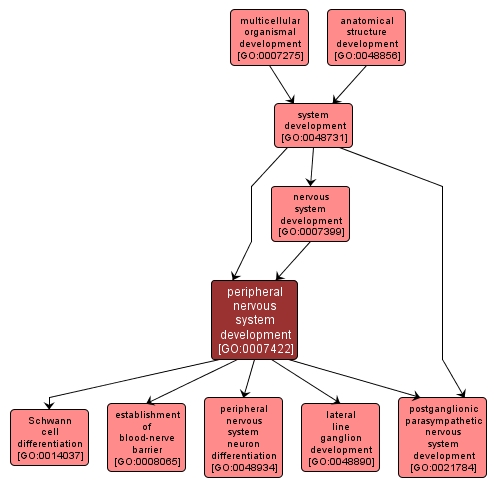| Desc: |
The process whose specific outcome is the progression of the peripheral nervous system over time, from its formation to the mature structure. The peripheral nervous system is one of the two major divisions of the nervous system. Nerves in the PNS connect the central nervous system (CNS) with sensory organs, other organs, muscles, blood vessels and glands. |














